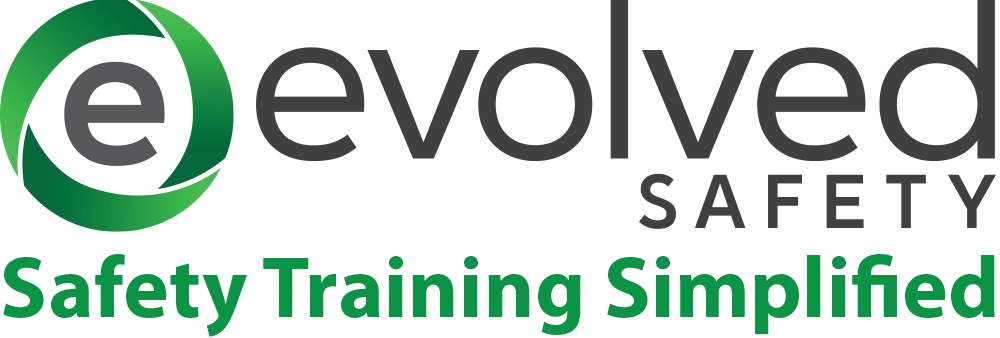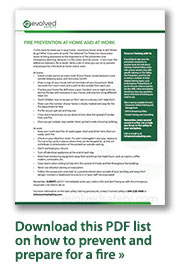
National Fire Prevention Week is this month, and we want to make sure you know what to do should a fire break out not only at home, but at work, too – and the key is prevention.
Every year in October, the National Fire Protection Association works to bring awareness to the public regarding fire safety, fire prevention, and emergency planning. This year, Fire Prevention Week is taking place Oct 8-14 with the theme: “Every Second Counts: Plan 2 Ways Out!”. Here’s this year’s key campaign messages for your fire prevention plan at home, straight from NFPA:
- Draw a map of your home with all members of your household, marking two exits from each room and a path to the outside from each exit.
- Practice your home fire drill twice a year. Conduct one at night and one during the day with everyone in your home, and practice using different ways out.
- Teach children how to escape on their own in case you can’t help them.
- Make sure the number of your home is clearly marked and easy for the fire department to find.
- Close doors behind you as you leave – this may slow the spread of smoke, heat, and fire.
- Once you get outside, stay outside. Never go back inside a burning building.
Fire Prevention at Work
Aside from “stay calm, and exit the building,” do you know your company’s fire safety strategy? Take a moment and think about your workplace fire prevention and emergency plan… do you have one? Has your employer discussed it with you and your coworkers?
The same procedures listed above can be applied to your workplace, albeit on a larger and more specific scale. The Occupational Safety and Health Administration (OSHA) states that employers should train workers about fire hazards in the workplace and about what to do in a fire emergency. For example, if workers need to evacuate, they should be trained on how to escape, or if workers must know how to fight small fires, they should be given the appropriate equipment and trained to use the equipment safely.
As stated by OSHA, all fire prevention plans must:
- Include housekeeping procedures for storage and cleanup of flammable materials and flammable waste.
- Address handling and packaging of flammable waste. Additionally, recycling of flammable waste, i.e. paper, is encouraged.
- Cover procedures for controlling workplace ignition sources, such as smoking, welding, and burning.
- Provide for proper cleaning and maintenance of heat producing equipment, such as burners, heat exchangers, boilers, ovens, stoves, and fryers, and require storage of flammables away from this equipment.
- Inform workers of the potential fire hazards of their jobs and plan procedures.
- Require plan review with all new employees and with all employees whenever the plan is changed.

